Trim your weed correctly. It’s imperative to ensure high cannabis quality, and even more so, a smooth smoke. No one wants a harsh tasting weed no matter how good it looks and smells.
If you’ve been growing cannabis at the crib, have harvested, and now you’re trying to lock in those final stages of production, here are some tips about what trimming your weed means, why it’s important, and how you can do it properly.
What does trimming weed mean?
Trimming cannabis means removing the excess sugar leaves from the actual cannabis buds.
When you grow a cannabis plant, it comes through like a flower with a bunch of excess leaves around it. These leaves are called fan leaves and sugar leaves. The fan leaves are the big cornhusk-like leaves that grow from the plant’s branches; the sugar leaves are the little leaves growing from your plant’s flowers.
Those leaves contain cannabinoids and terpenes, but you definitely don’t want to smoke them, especially the fan leaves. They’re extremely harsh on the smoke, and will make you cough up your lungs. Keep your lungs inside. You need those.
Wet trimming vs. dry trimming
There are two types of cannabis trimming: wet trimming and dry trimming.
Once you harvest your plants they’ll be full of moisture and nutrients that they took up during the growth phase. You can trim them then, or you can allow them to dry and then trim them after.
Wet trimming
The advantages of wet trimming: your buds dry quicker if your grow environment dictates the need, it’s easier to remove the sugar leaves, and you don’t have to find somewhere to hang the plants.
The disadvantages of wet trimming: it’s sticky and you’ll walk away from the trimming session absolutely coated in sticky weed oils.
Dry trimming
The advantages of dry trimming: you are able to dry your plant for longer, in the proper environment, and the plants are a lot less sticky once they’ve dried, and the sticky resin glands called trichomes on them have hardened.
The disadvantages of dry trimming: you have to be a little bit more delicate with the buds to protect the hardened, volatile terpenes.
Whichever type of weed trimming you decide is purely based on personal preference and necessity. There is no right or wrong answer.
Why is trimming weed important?
Trimming your cannabis is important because it helps make sure the smoking experience isn’t garbage. It really is that simple. It takes several months to grow cannabis, and you want the end result to be worth it.
If the end result is a plant that tastes super harsh and is extremely hard to enjoy, then all parties involved will be disappointed. Properly trimming your cannabis avoids this.
Additionally, trimming all the excess leaves off of your buds improves their bag appeal tremendously.
How to trim weed the right way
There are multiple ways you can trim your cannabis. The first that we’ll discuss is hand-trimming. It is believed to be the superior method.
The tools you need to hand trim your weed:
- Gloves
- Scissors
- A clean surface
- A receptacle for the buds
- A bowl
- Isopropyl alcohol
- Patience
If you’re trimming cannabis, I shouldn't have to tell you to do so with gloves on. But put gloves on. It will protect your hands from the resin on the buds; more importantly, it will protect your precious cannabis flowers from whatever’s on your grubby little mitts. Once those are applied, grab your scissors. It’s game time.
The bowl and alcohol are for you to clean your hands and scissors during the trimming process as you’re sure to have oily trichomes bursting all over the place.
The clean surface is to make sure nothing taints your buds, so is the clean receptacle. After trimming your buds, put them in the receptacle until you’re done.
Step 1: Cut off the plant branches
Once your gloves are on, go ahead and cut the buds/plants off of the big branches. It’s much easier to deal with smaller pieces of the plant than it is to keep the whole thing intact during the trimming process.
Step 2: Remove fan leaves
After cutting your plants from the branches, next you want to get rid of those big fan leaves. To properly do so, it’s pretty simple: just pull them off.
Step 3: Buck buds from the branches
Once you trim the fan leaves off of the plants, go ahead and pluck the buds from the branches. This is called bucking.
Step 4: Trim sugar leaves from buds
Now that you’ve isolated your buds, it’s time to remove the smaller sugar leaves that are growing out of your nugs. Again, the process is pretty simple. Just take your little scissors and do your best to remove the excess foliage without damaging the actual cannabis buds.
To trim the right way, start at the bottom of the buds and work your way up. Remove all stems and little leaves. Also trim the orange and red pistils as close to the bud as you can.
At first this process will take a long while, but with more practice, you’ll eventually be trimming weed at warpspeed. The entire trimming process could take several days, or even a whole week. This is why it’s so critical to have a team of people to help you.
Step 5: Store your trimmed buds
After you’ve trimmed your buds, it’s important to store them properly for the final curing process.
The curing process is when your flowers get rid of excess moisture while breaking down excess sugars and chlorophyll.
The curing stage is probably the most important part of the entire growing process. It’s the final touch that locks in your quality. Some growers spend months raising beautiful plants, only to flop on the dry and cure, and be left with some harsh, grassy tasting buds. Don’t be one of those growers.
To properly cure your buds, store them in glass jars and put those jars into a dark cabinet with a cool temperature.
Step 6: Dispose of leftover shake
After you’re completely done trimming your cannabis buds, you’ll have a bunch of leftover cannabis debris. You could toss it away and just be done with it. Or you could use your leftover trim/shake to make other cannabis products. More on that in a sec.
The best trimming machines
If you opt-out of hand-trimming your cannabis, this industry is full of trimming machines that will automate the process for you. Though convenient, and quick, it’s important to know that trimming machines may cause way more agitation to your plant than desired.
This could result in a much lower trichome density for your final buds than if you were using hands, gloves, and scissors.
Still, if you’re trimming a large amount of cannabis, machines could be of interest to you. You can peep Herb CEO and Heavy for suggestions on the best cannabis trimming machines.
What should you do after trimming weed
Once your buds are looking nice and groomed, you’ll have a lot of leftover trim to deal with. You can toss it in the trash, or you can use it a few other ways.
How to use your leftover weed trim:
- Make cannabutter and edibles
- Make topicals
- Compost it
Trim has significantly less trichomes than your flower, however, it does still have them. Because of this, you are able to sugar leaves to make all types of concentrated cannabis products. You can decarboxylate it then make cannabutter; or you can make homemade salves; or you can use the leftover trim as straight up compost.
Whatever you do with your trim, just make sure to not smoke it. It’s safe to consume, but the experience will be incredibly poor. Treat your body and endocannabinoid system better than that.
Need a little more Bluntness in your life? Sign Up for our newsletter to stay in the loop.
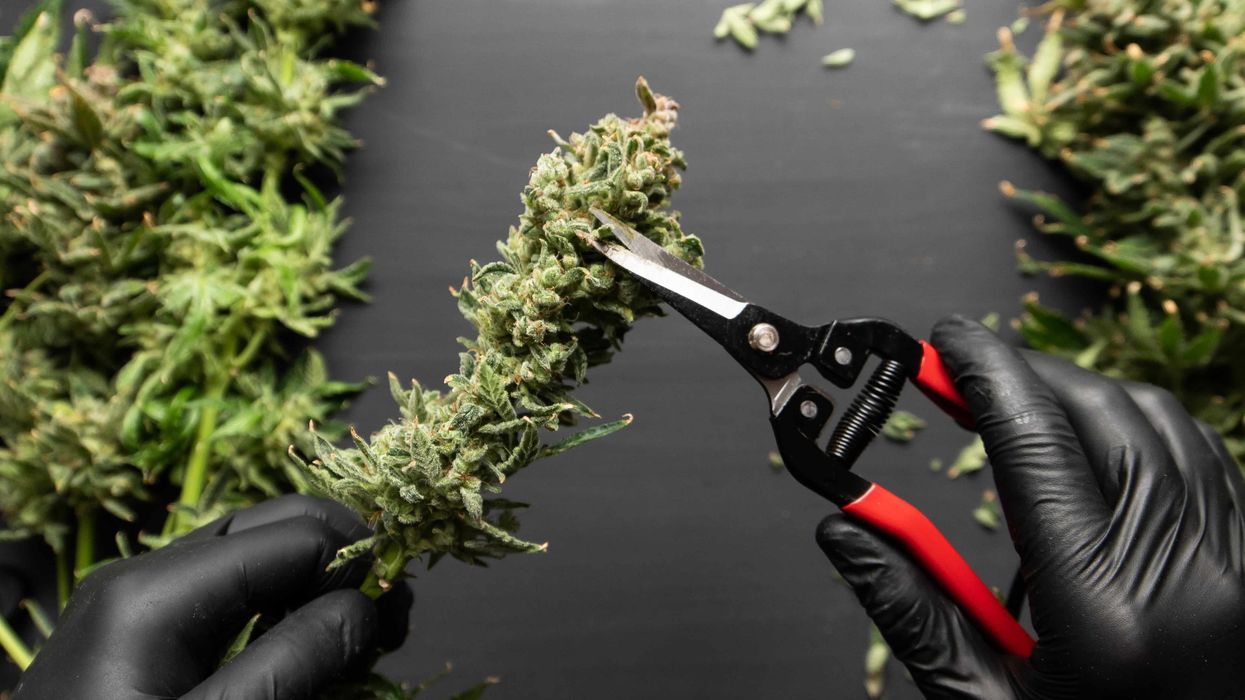

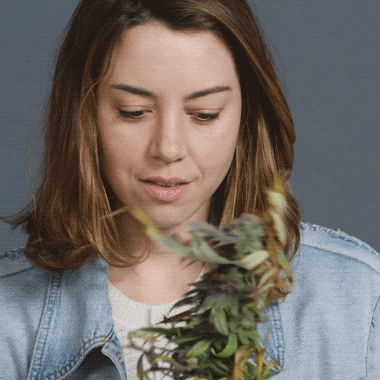


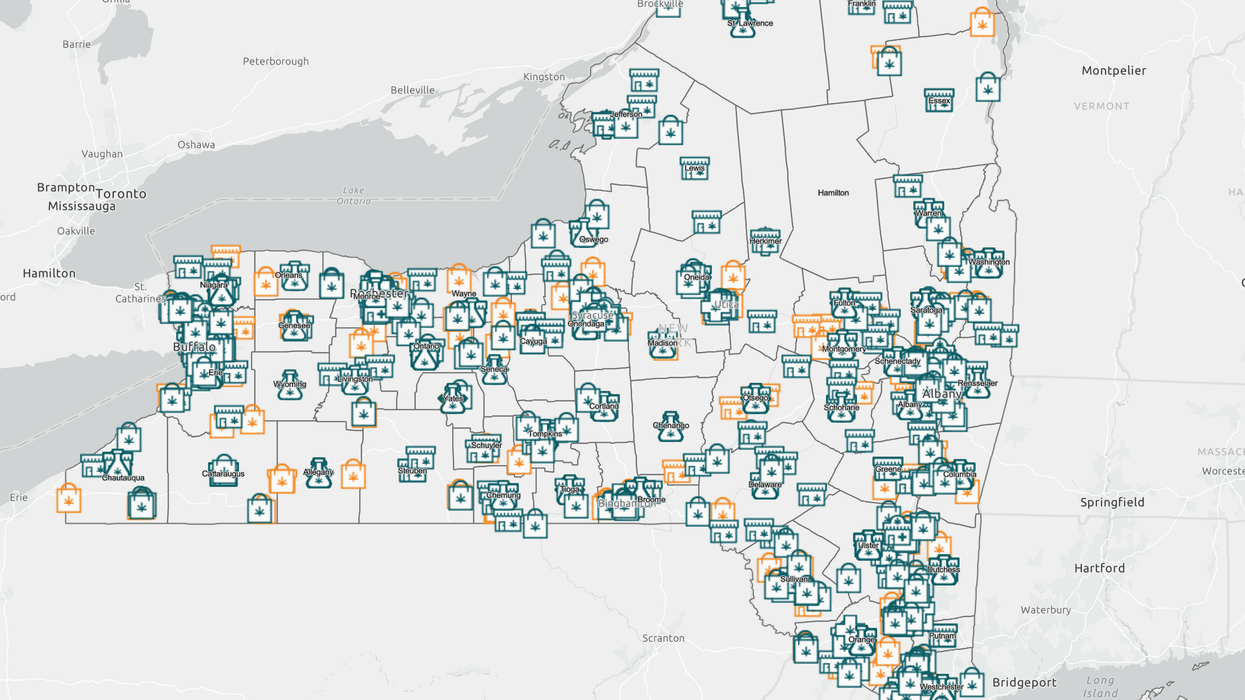
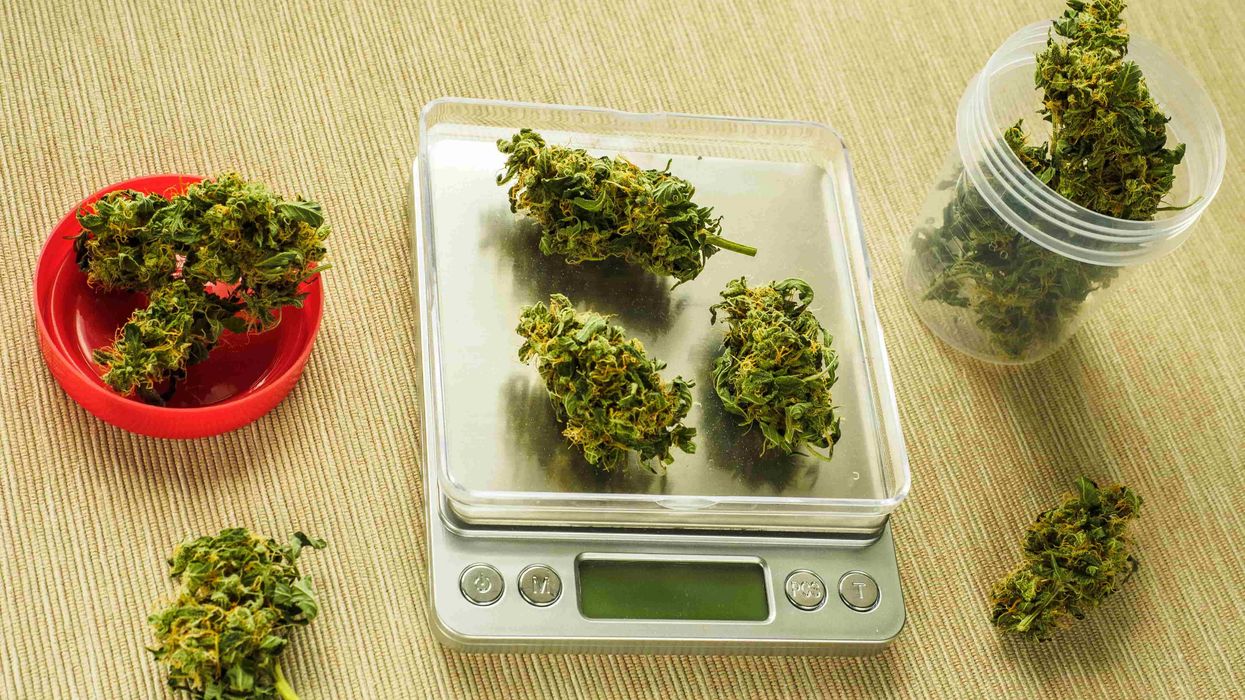
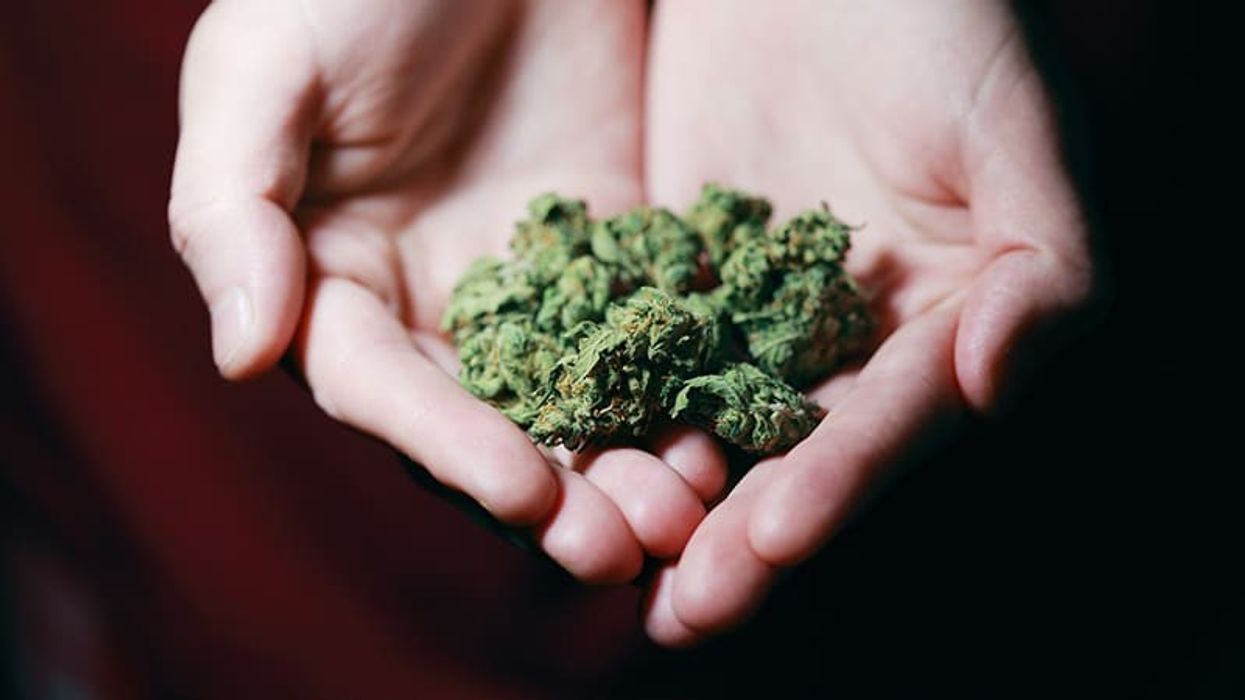

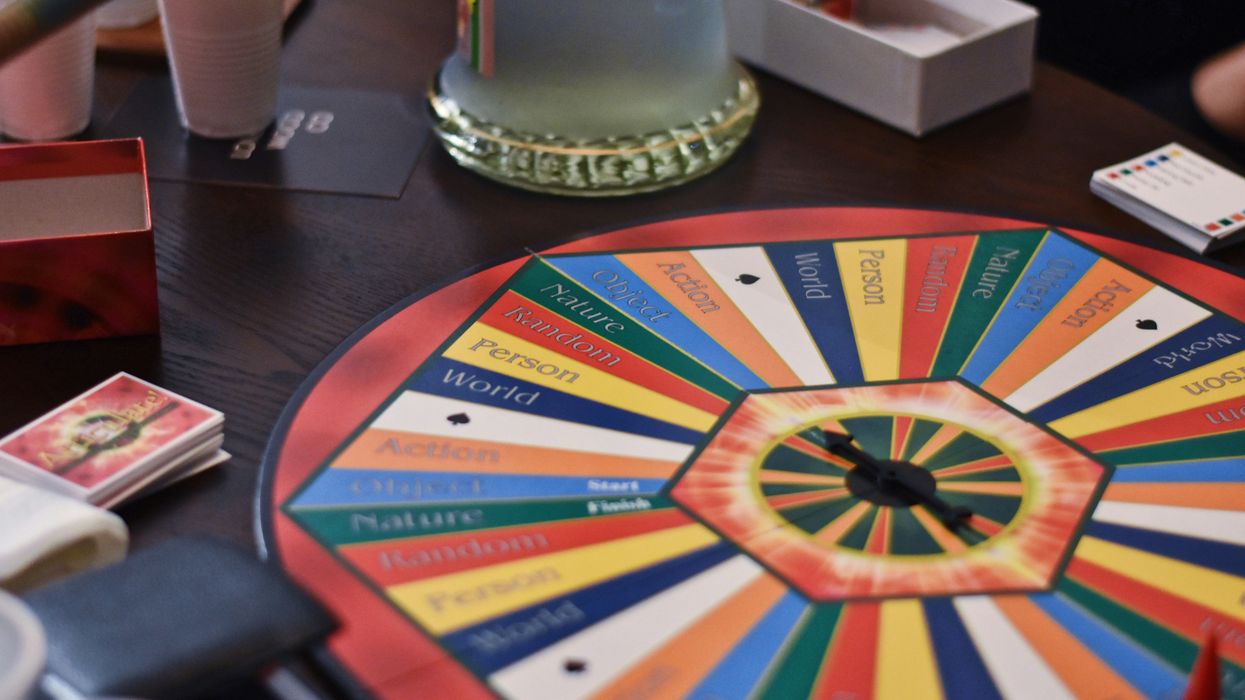

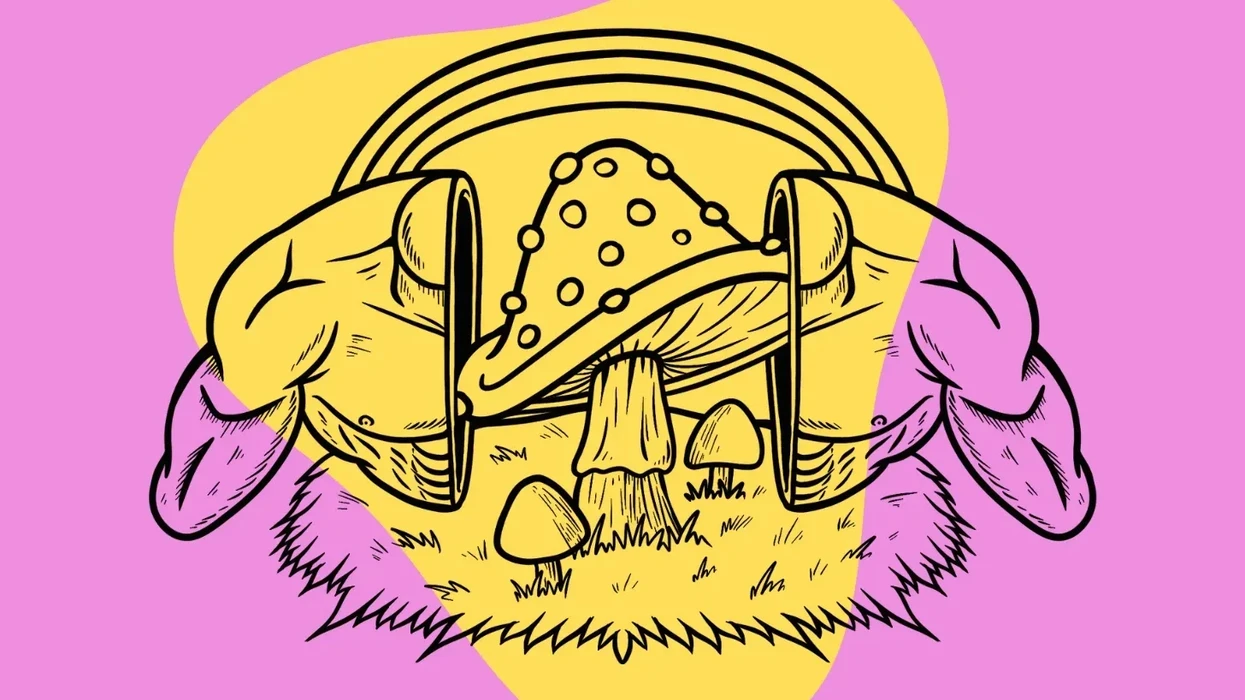
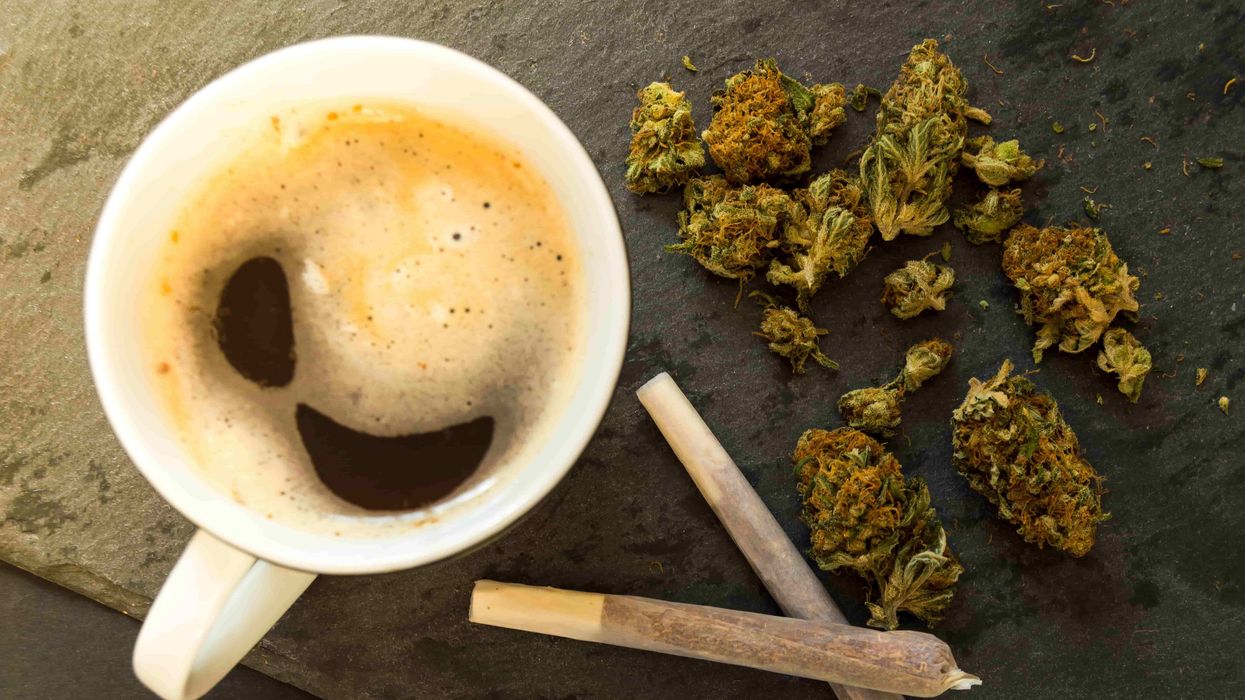
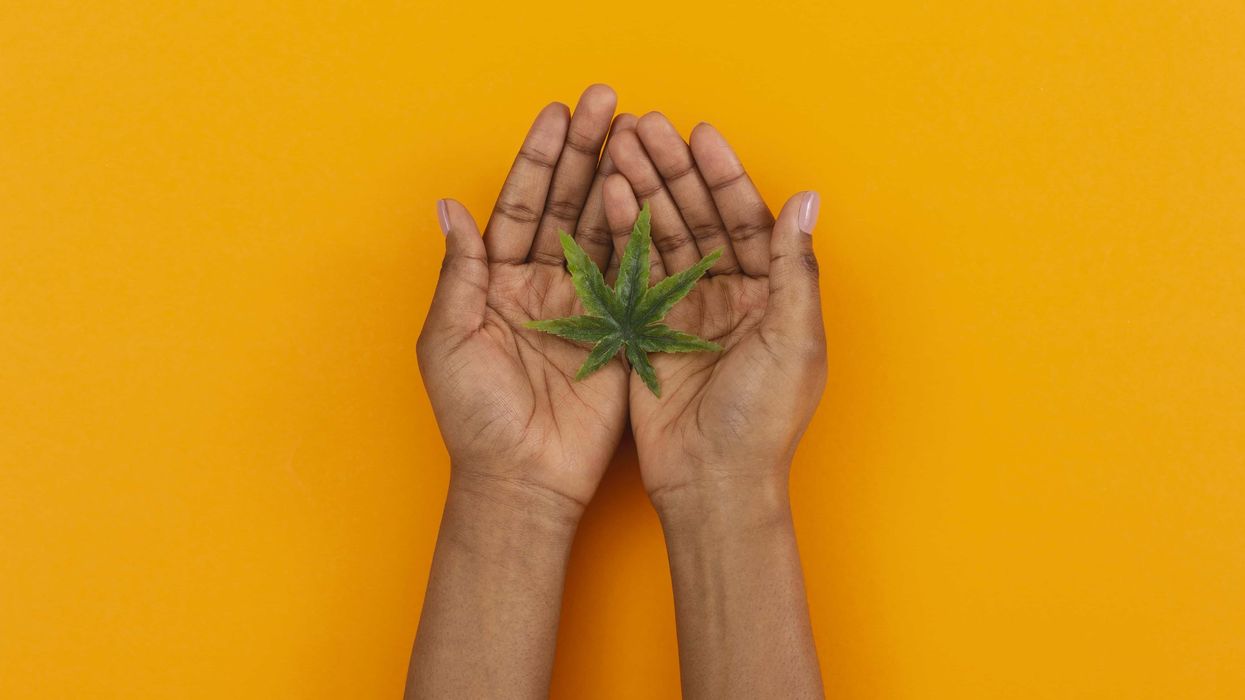
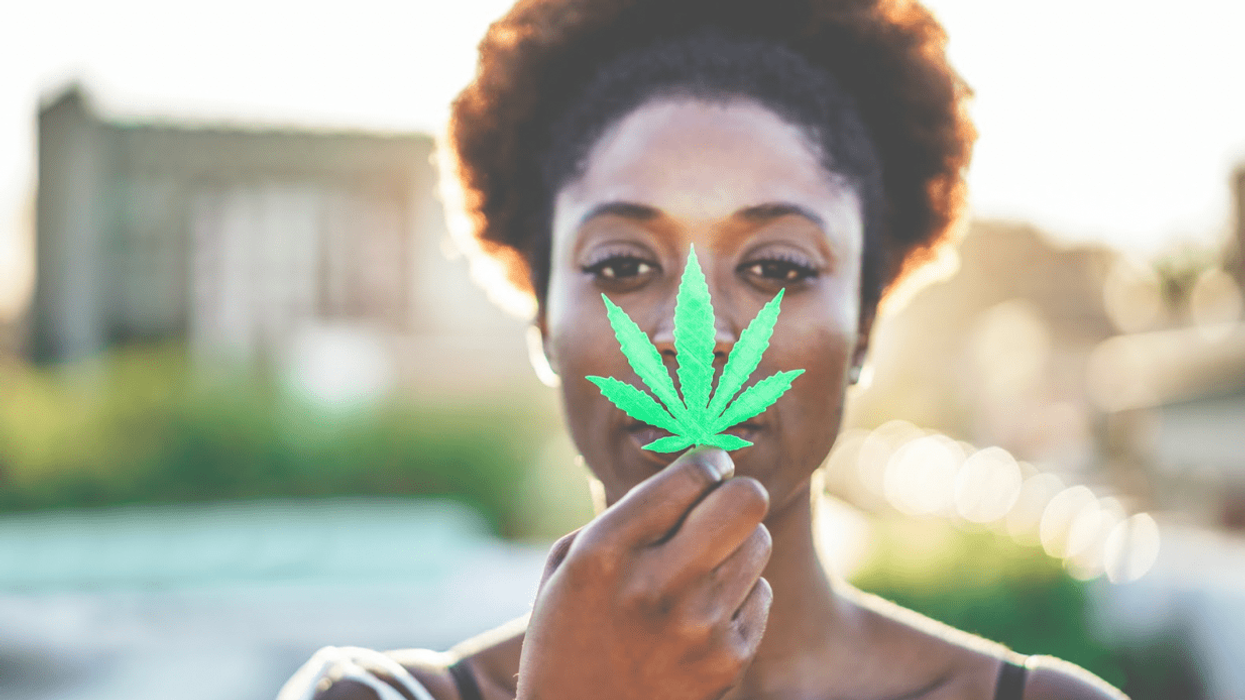

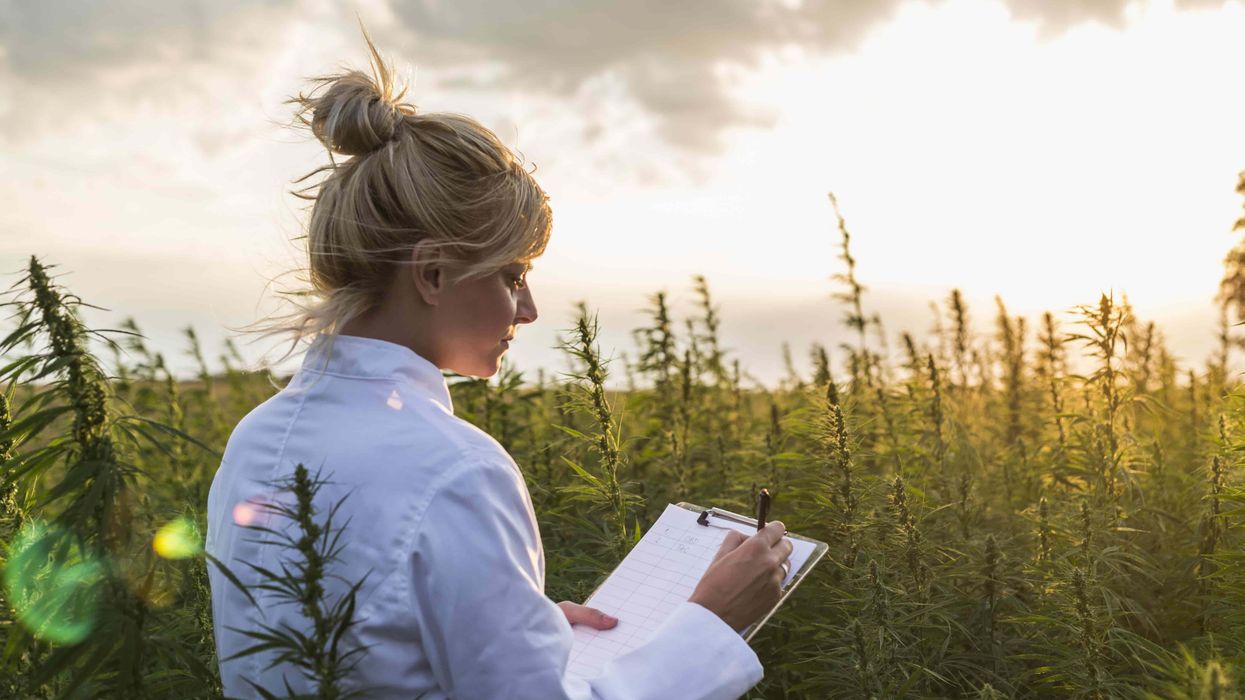
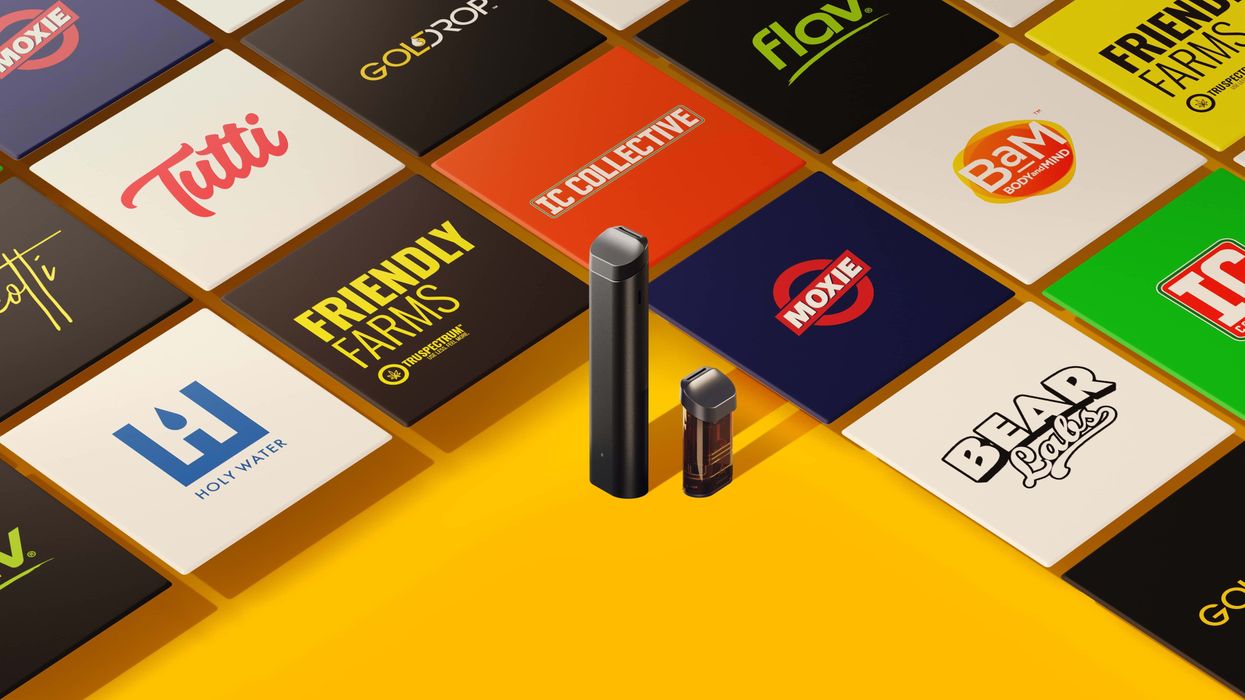
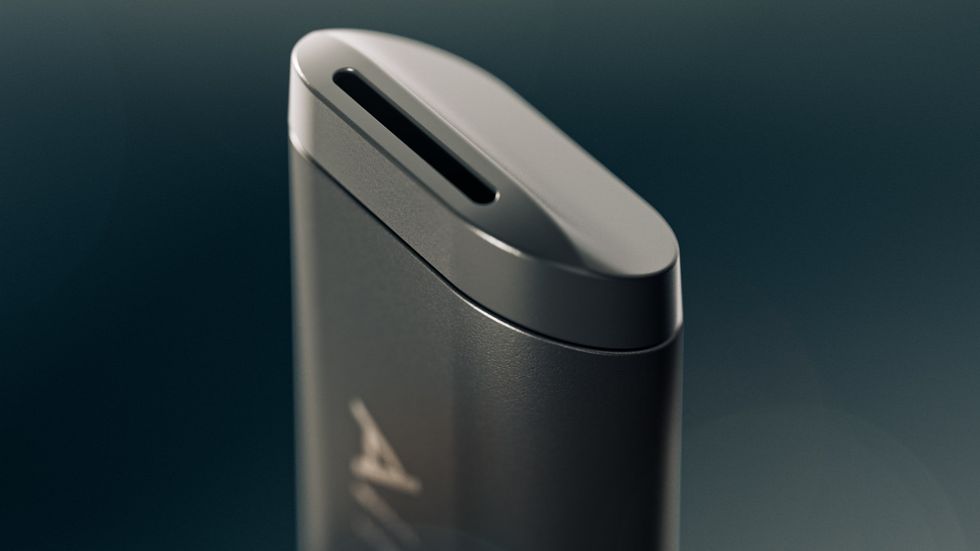 Vaping is one of the most efficient, healthiest ways to consume cannabis -- if you have the right device and the right product.
Vaping is one of the most efficient, healthiest ways to consume cannabis -- if you have the right device and the right product.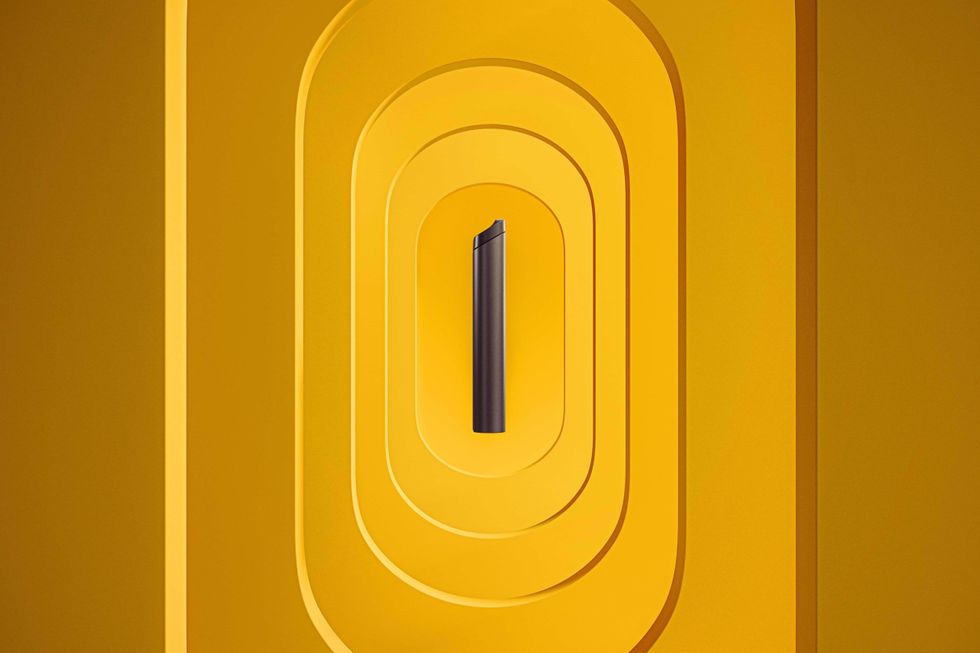 Airgraft brings much-needed innovation to consumer tech in the cannabis space.
Airgraft brings much-needed innovation to consumer tech in the cannabis space.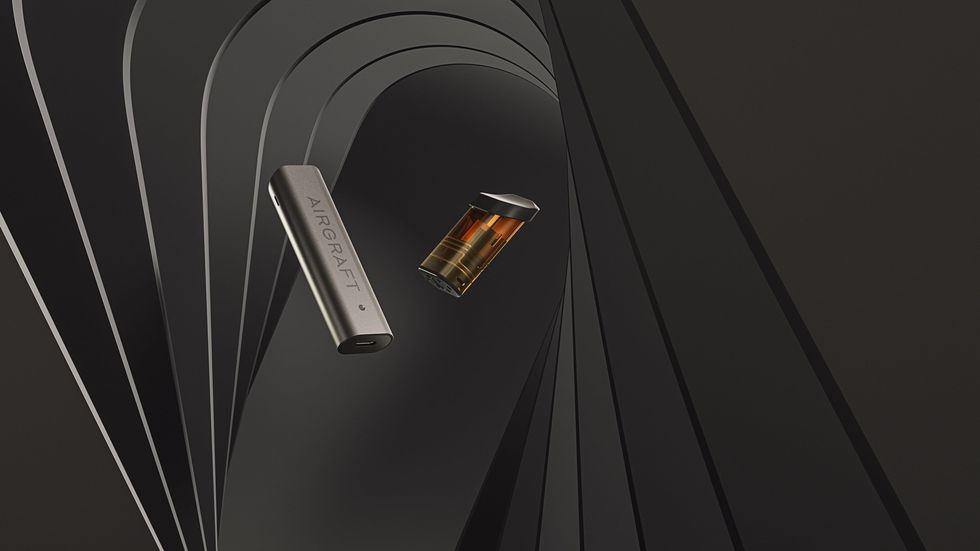 Vape lovers have never seen anything quite like the Airgraft 2.
Vape lovers have never seen anything quite like the Airgraft 2.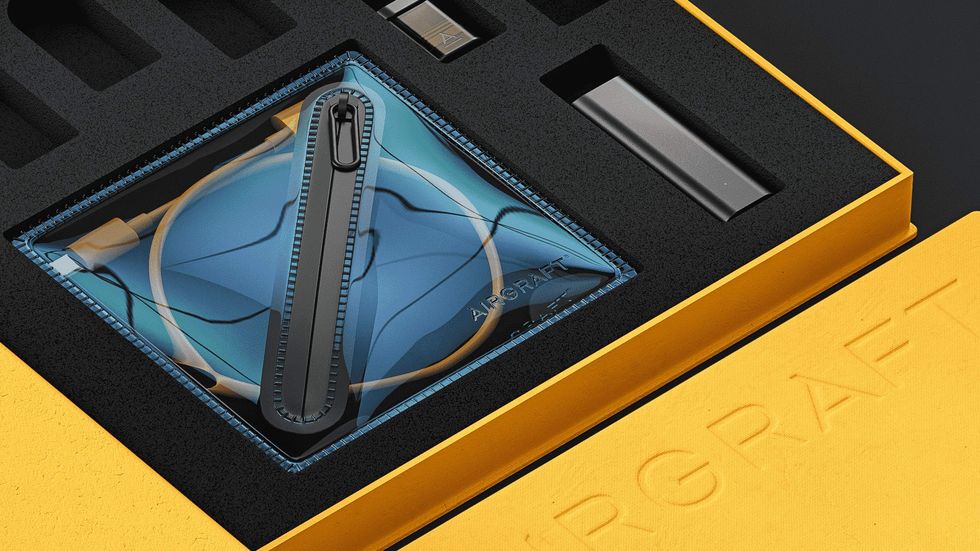 The Airgraft 2 pre-launch Starter Kit is only available while supplies last.
The Airgraft 2 pre-launch Starter Kit is only available while supplies last.